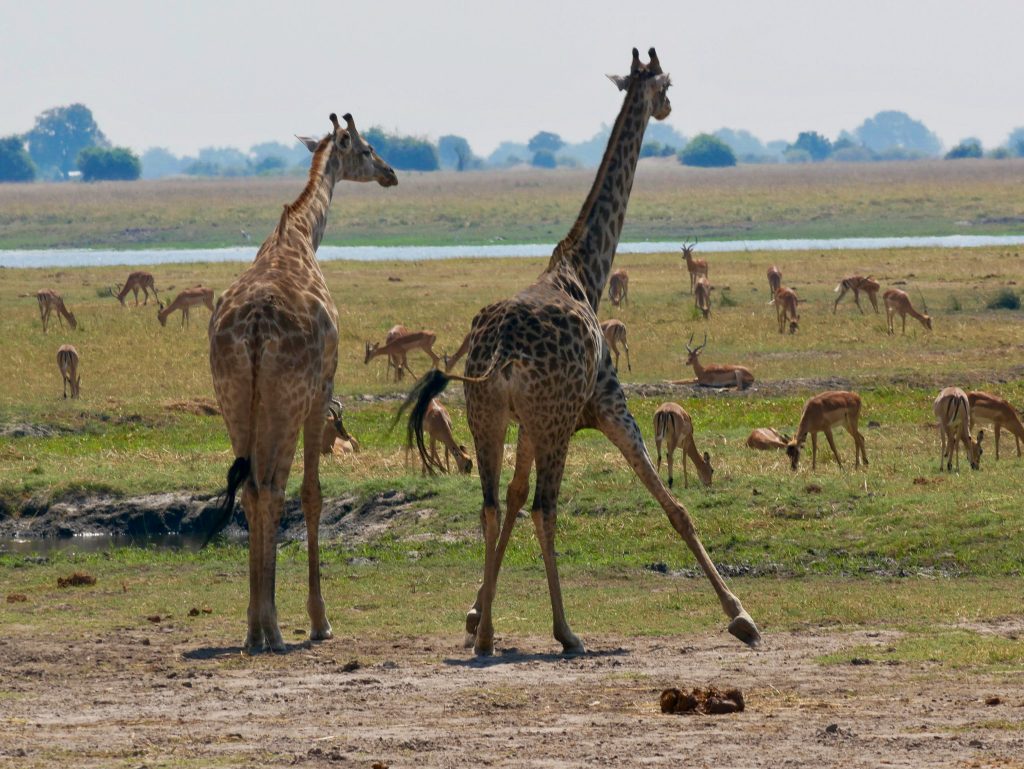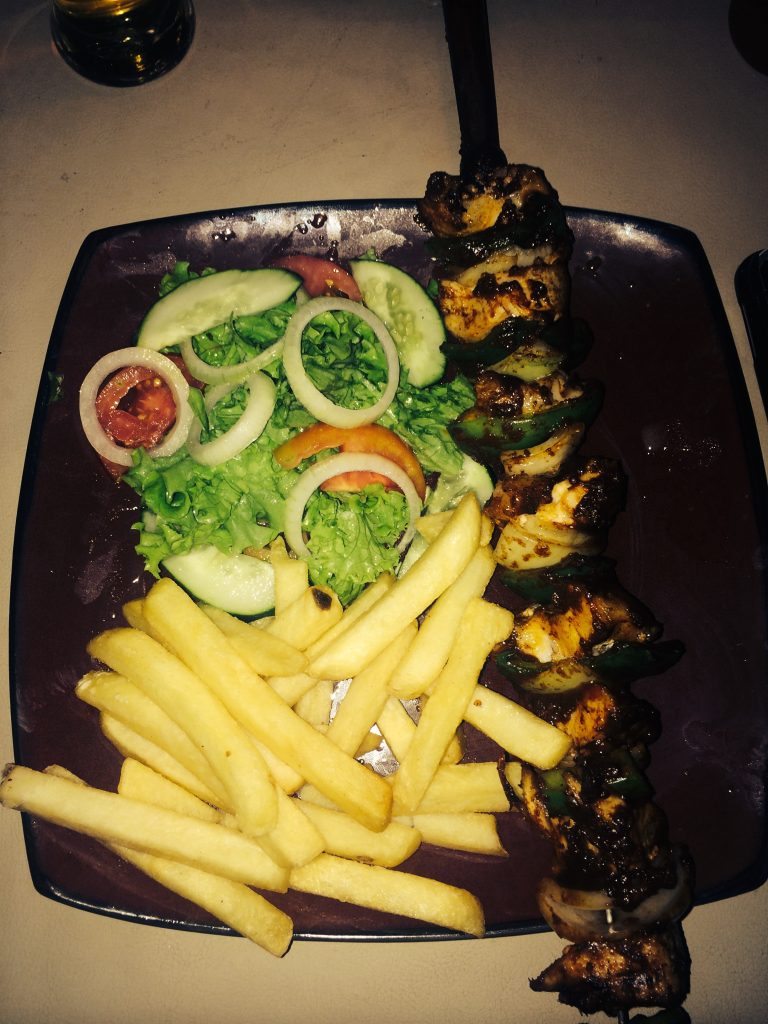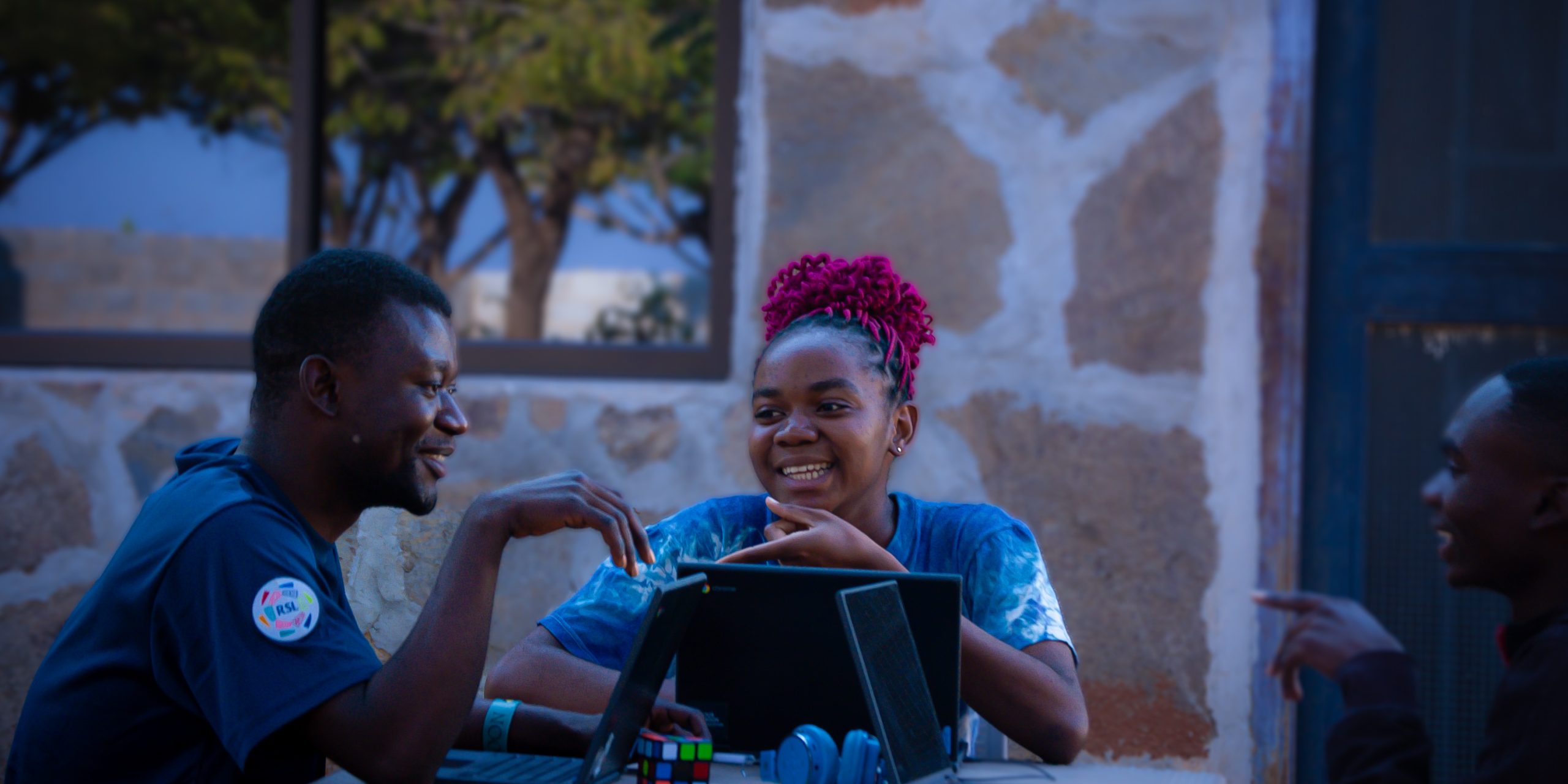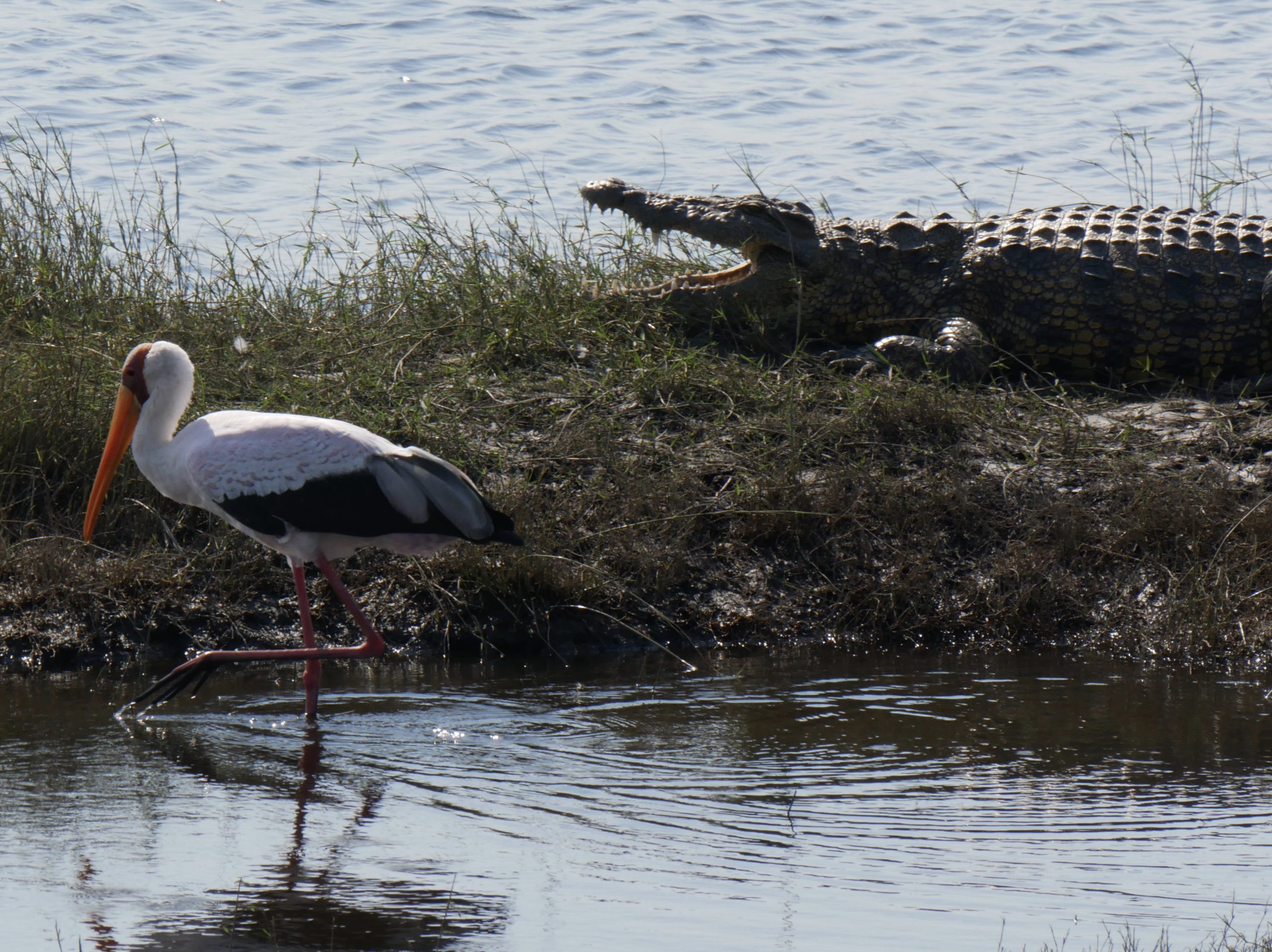Zambia is home to a wonderful array of fauna and, in particular, is one of the few countries around the world that boasts being home to the Big Five: elephant, leopard, lion, the extremely rare rhino and the more common buffalo. The Big Five were so named as they were the hardest to shoot by big game hunters as they are particularly ferocious when cornered and injured. It also hosts gentle zebra, hippo, wildebeest, warthog, the ubiquitous impala and, my favourite of all, the comical giraffe. Zambia is definitely worth travelling to in order to catch a glimpse of all these beautiful animals.

One of nature’s toughest predators, the crocodile, can be found sunning themselves on the banks of the Zambezi. Zambia also has the second largest crocodile farm in the world on Lake Kariba where it has supplied crocodile skins to the fashion world including , I understand, Victoria Beckham as well as local restaurants with meat.

Poaching has long been a problem in Africa. Animals have always been hunted for their meat, but also for their skins, tusks, and just for pleasure. Even today, it is possible to arrange “holidays for trophy hunters” where tourists can select from a menu of options the chance to kill from a list of 65 species including monkeys, hippos, warthogs or giraffes.
Chatting to a taxi driver in Lusaka, he disclosed to me that when he was a young boy, he used regularly to poach animals for the chief, so that the chief could brag to his guests about the exotic meats he was serving. He told me about the techniques he learnt to bring down an elephant or to creep up on a herd of buffalo – and he showed me some of his scars. He explained that crocodiles are docile during the heat of the sun, so that is the prime time to catch them. He deeply repents for what he did, but he didn’t know better. And he says this is the problem: most people who poach, do it at the command of their elders and are ignorant of the problems they are causing to nature.
Both the white and black rhino have been poached almost into extinction around the world. Indigenous to Southern Africa, the white rhino, however, is an example of a successful breeding programme in Zambia, in the Mosi-o-Tunya national park. Until recently, it had ten rhinos. Very sadly, last month, two rhinos were hit by a truck which was speeding along the road within the park. Lubinda, an adult female and her calf, Romeo, were fatally injured despite combined efforts by Zambian and Zimbabwean wildlife professionals to save them. The Zambian government has taken a strong line with the driver as an example to others that they need to take heed of speed limits and at all times be vigilant of animals.There are many organisations that do a great job in helping to protect wildlife including the pan-African African Wildlife Foundation, and organisations that educate children in the value of wildlife and the environment such as the Chipembele which works in the South Luangwa National Park, in conjunction with the Zambian Carnivore Programme.


